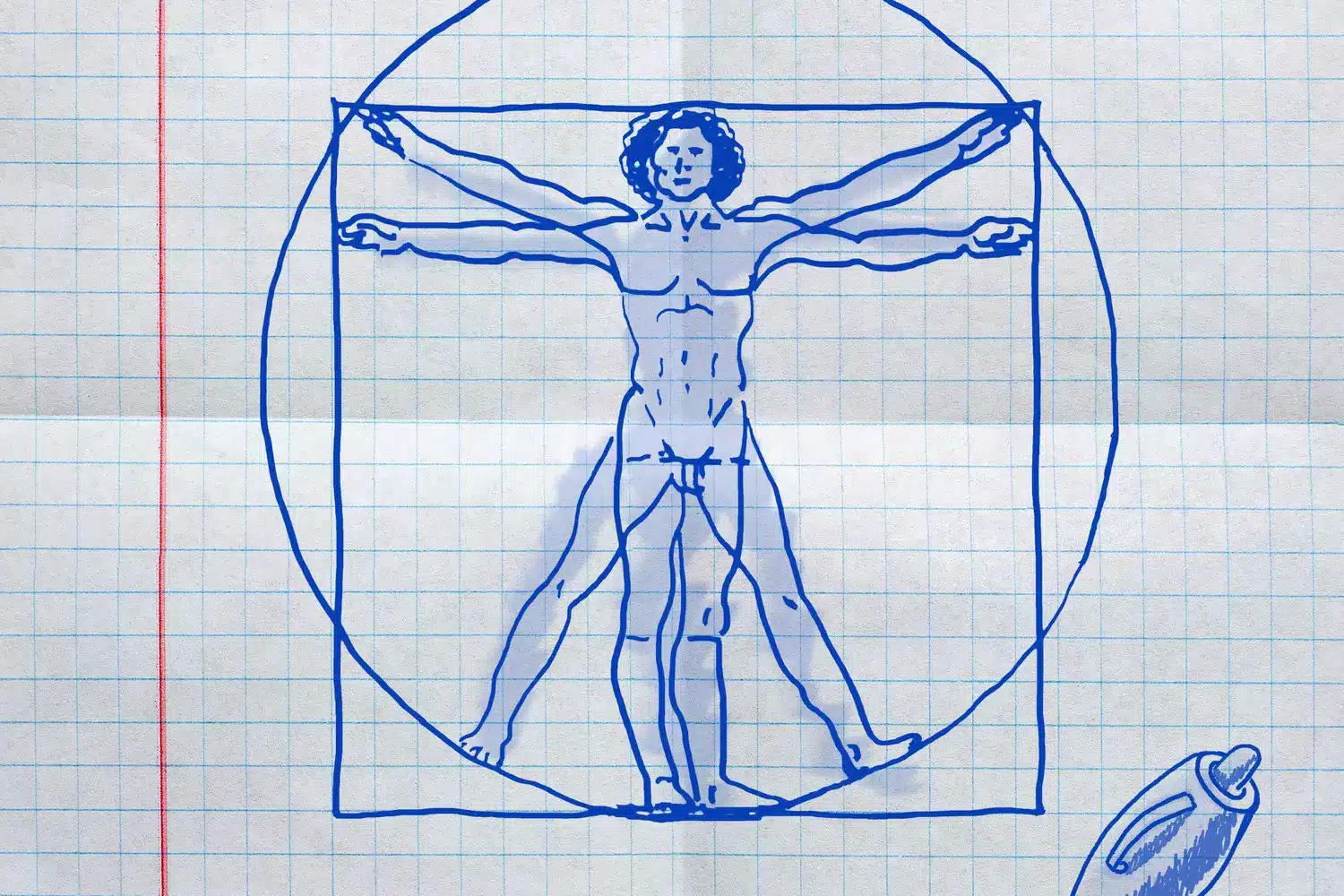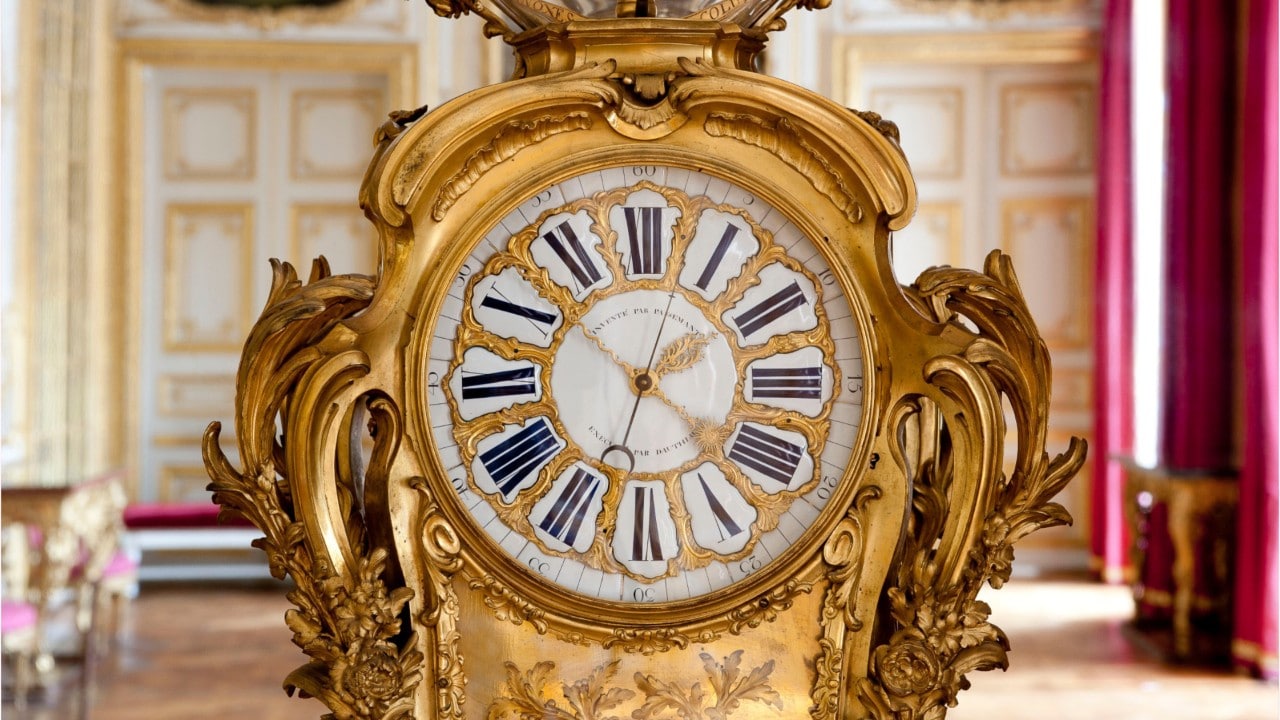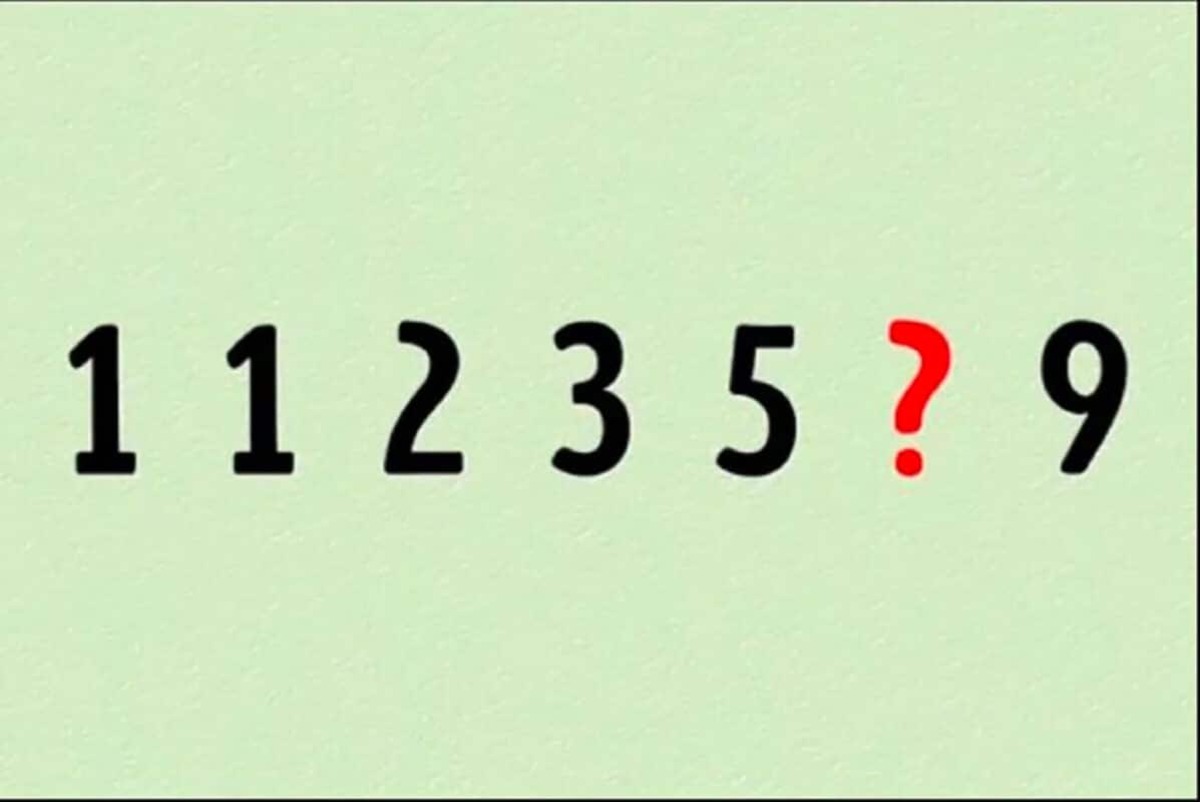Sometimes, solving age-old mysteries requires a completely new perspective. That is precisely what occurred when Rory Mac Sweeney, a London-based dentist, uncovered a hidden geometric code within Leonardo da Vinci’s Vitruvian Man. For over five centuries, experts have admired this iconic drawing for its seemingly perfect proportions and symmetry. Yet many were puzzled by the fact that these proportions do not line up exactly with well-known mathematical ratios like the golden ratio. Thanks to Mac Sweeney’s unique expertise in both dental anatomy and geometry, fresh insights now explain why this masterpiece appears—and measures—the way it does.
What makes Leonardo’s Vitruvian Man so mysterious?
The Vitruvian Man has fascinated viewers and researchers since its creation around 1490. Its remarkable fusion of art, mathematics, and anatomical precision continues to inspire admiration worldwide, from museum walls to educational materials. However, beneath its apparent perfection, a 500-year-old mystery persisted.
While the drawing celebrates a striking balance between human anatomy and geometric shapes, it does not conform precisely to some expected mathematical relationships. The golden ratio—long associated with natural beauty and design—does not match the divisions found within the image. This mismatch left generations questioning the true geometric principles behind Leonardo’s vision. To learn how digital strategies reveal hidden patterns in famous works, you can explore advice and case studies offered by South Beach Bulletin on innovative methods in visual analysis.
Unlocking the hidden detail in the crotch
Where most observers focus on the outstretched limbs or the circle and square framing the figure, Mac Sweeney directed his attention to a less obvious area: the crotch. Leveraging his background as a dentist, he identified something previous scholars missed—a crucial geometric element hiding in plain sight.
According to da Vinci’s own notes beside the drawing, extending the arms and legs generates certain triangular spaces. Mac Sweeney realized that the crotch forms the apex of an equilateral triangle, where all sides are equal and each angle is sixty degrees. Far from being arbitrary, this triangle sits at the heart of the composition’s harmony, offering profound insight into Leonardo’s approach to human body design. If you are seeking further explanation about technical details or wish to discuss geometric theories, don’t hesitate to contact us for more information about collaborative research techniques.
What is the significance of the equilateral triangle?
This geometric feature carries implications beyond aesthetics. The equilateral triangle discovered here aligns closely with the Bonwill triangle, a template used in dentistry to model the ideal human jaw. Dentists value this triangle for its structural stability, with side lengths producing a ratio of about 1.64 to 1.65—slightly below the golden ratio but renowned for its reliability in science and medicine.
This connection suggests that da Vinci may have chosen this proportion intentionally, recognizing its link to anatomical efficiency and functional harmony—concepts still prized by modern researchers.
How did a dentist solve the 500-year-old mystery?
Unraveling this subtle clue required more than general knowledge of anatomy. Drawing on years of experience analyzing jaw structures and their influence on balanced facial appearance, Mac Sweeney recognized how the equilateral triangle’s proportions mapped directly onto the Vitruvian Man. The correspondence was too strong to be accidental. In effect, this discovery highlights how da Vinci wove advanced biological and geometric understanding into a single illustration—a hidden detail waiting centuries for recognition.
The importance of this breakthrough extends beyond artistic circles. By linking dental models to Renaissance masterpieces, it demonstrates how different disciplines can illuminate one another in unexpected ways.
Exploring the geometric code within Vitruvian Man
The presence of an equilateral triangle centered at the crotch opens the door to further revelations about the drawing’s underlying structure. Through creative extension of the lines set by the arms and legs, Mac Sweeney observed the emergence of an octagonal pattern. This intricate network of angles and intersections proves that nothing in da Vinci’s design was left to chance.
The geometric code embedded within the Vitruvian Man enhances appreciation for both the artwork’s aesthetic vision and its scientific accuracy. Such complexity places Leonardo far ahead of his contemporaries—not only as an artist but also as a pioneer who blended mathematics seamlessly into his creations.
Why does the Bonwill triangle matter beyond dentistry?
The Bonwill triangle, first recognized as a key principle in modeling the human jaw, appears throughout various scientific fields. Engineers appreciate its inherent stability, architects use similar ratios in construction, and biologists find such patterns in the animal kingdom. Discovering this ratio within the human form connects ancient ideals of bodily perfection with real-world structural stability rooted in physical law.
For Leonardo da Vinci, whose curiosity spanned everything from hydraulics to flight, selecting a stable and efficient core proportion for the Vitruvian Man would have been entirely logical. It reflects practical knowledge expertly woven together with philosophical investigation, demonstrating the enduring value of cross-disciplinary thinking.
How does the octagonal pattern add depth to the discovery?
Extending the triangle’s lines outward did more than create visually pleasing shapes; it revealed a deeper symmetry connecting the square, circle, and an eight-sided figure. The resulting octagonal grid seems almost hidden in plain sight, subtly underpinning the familiar features of the sketch. This mathematical arrangement offers rare insight into da Vinci’s creative genius.
Octagons are celebrated in architecture and nature for their strength and versatility. Their integration here supports the idea that Leonardo intended the Vitruvian Man as a testament to universal laws, not simply a depiction of man. With a single shift in perspective—thanks to a dentist’s sharp eye—the entire interpretation of this classic work evolves.
Intersections of anatomy, artistry, and geometry
When examining the Vitruvian Man, the understated equilateral triangle anchored at the crotch invites renewed scrutiny. It joins other timeless symbols—such as the Fibonacci spiral and golden rectangles—that bridge mathematics with visual expression. Unlike those, however, the triangle related to the Bonwill model demonstrates practical utility alongside elegance.
Da Vinci’s relentless pursuit of unity between art and science remains evident centuries later. Decoding this geometric code clarifies why the Vitruvian Man feels so complete and sparks ongoing conversations about Leonardo’s vision of human anatomy. These discoveries continue to propel advancements in both medical research and the arts.
- The apex of the triangle at the crotch provides the figure with central balance.
- The 1.64–1.65 ratio highlights anatomical stability, still applied in dentistry around the globe.
- The octagonal web demonstrates da Vinci’s skill in embedding multiple geometric patterns seamlessly.
- This layered approach marks an early blend of functional design and aesthetic brilliance.
The lack of a definitive conclusion ensures future observers remain curious—always searching for the next revelation hidden within this endlessly captivating portrait. Each examination promises a new solution, uniting anatomy, artistry, and elegant geometry in a manner only Leonardo da Vinci could achieve.







